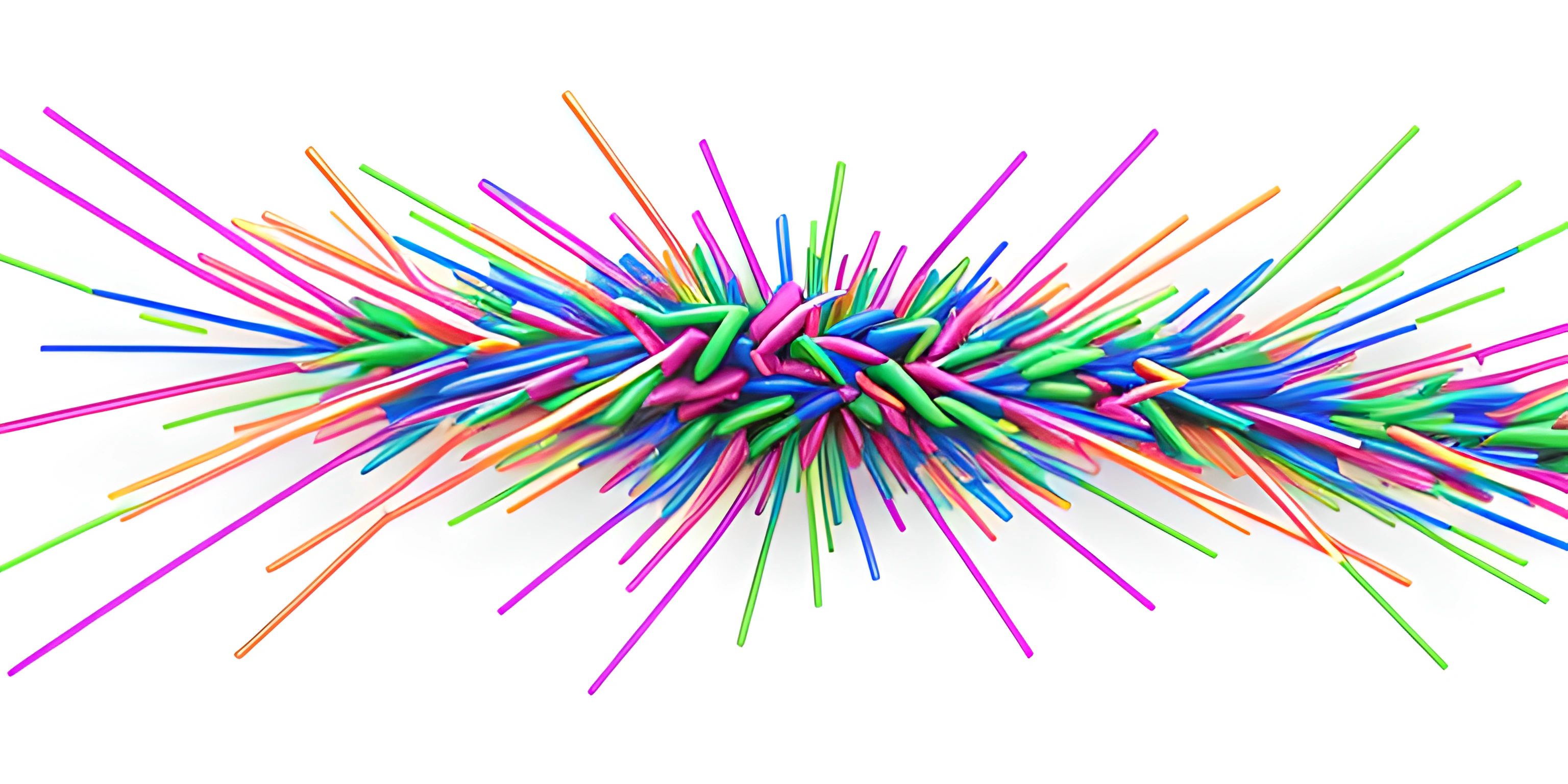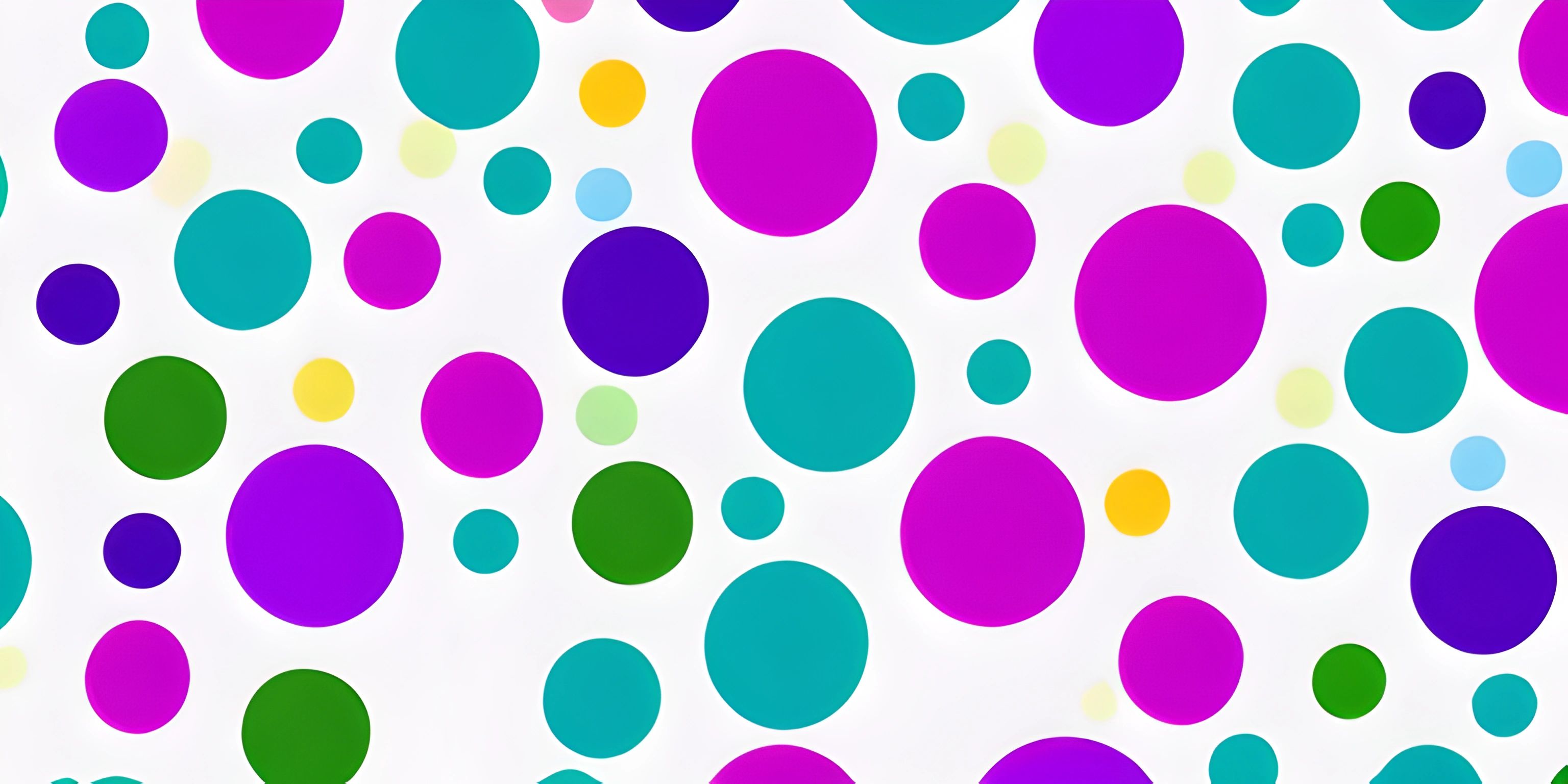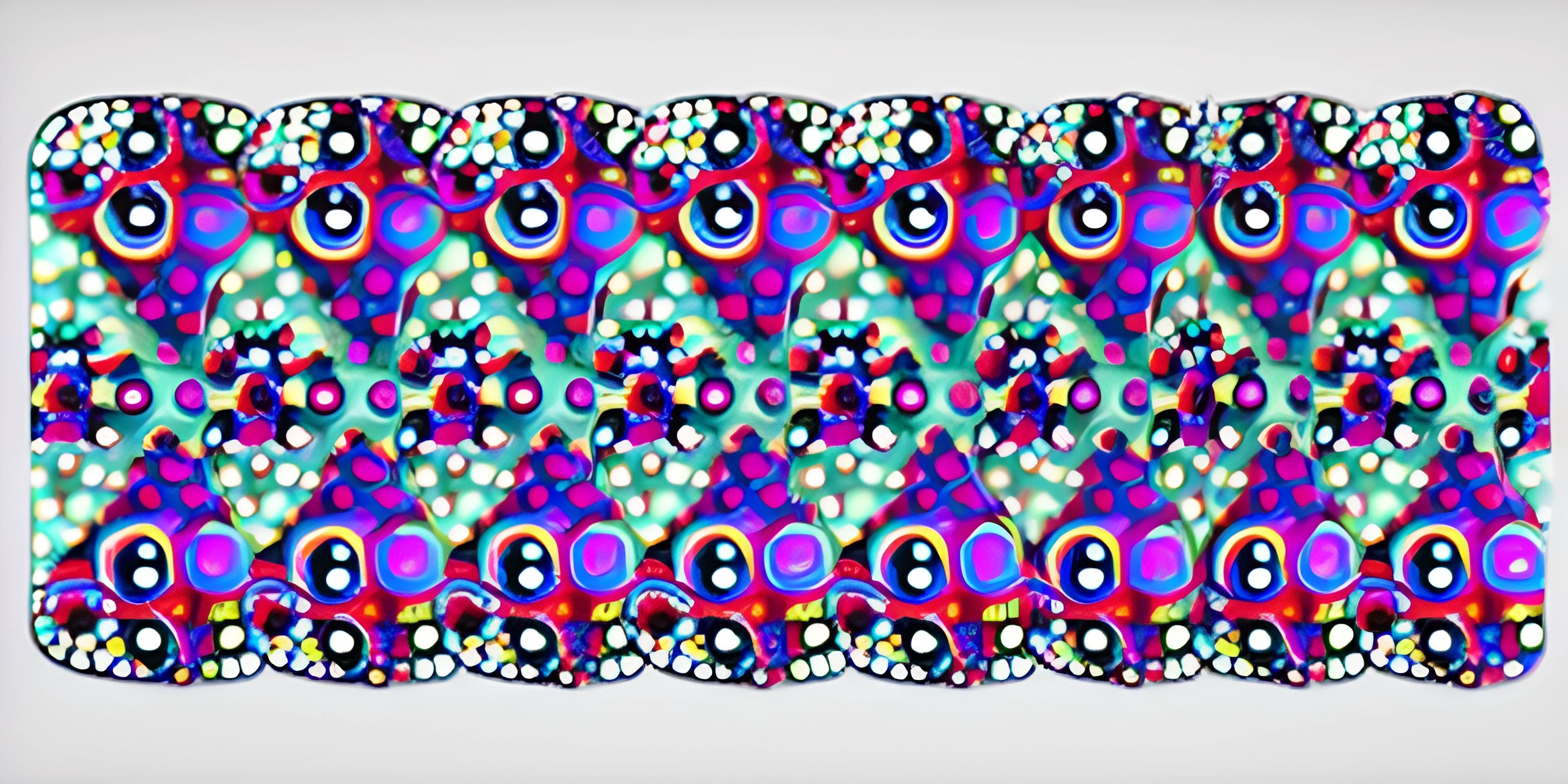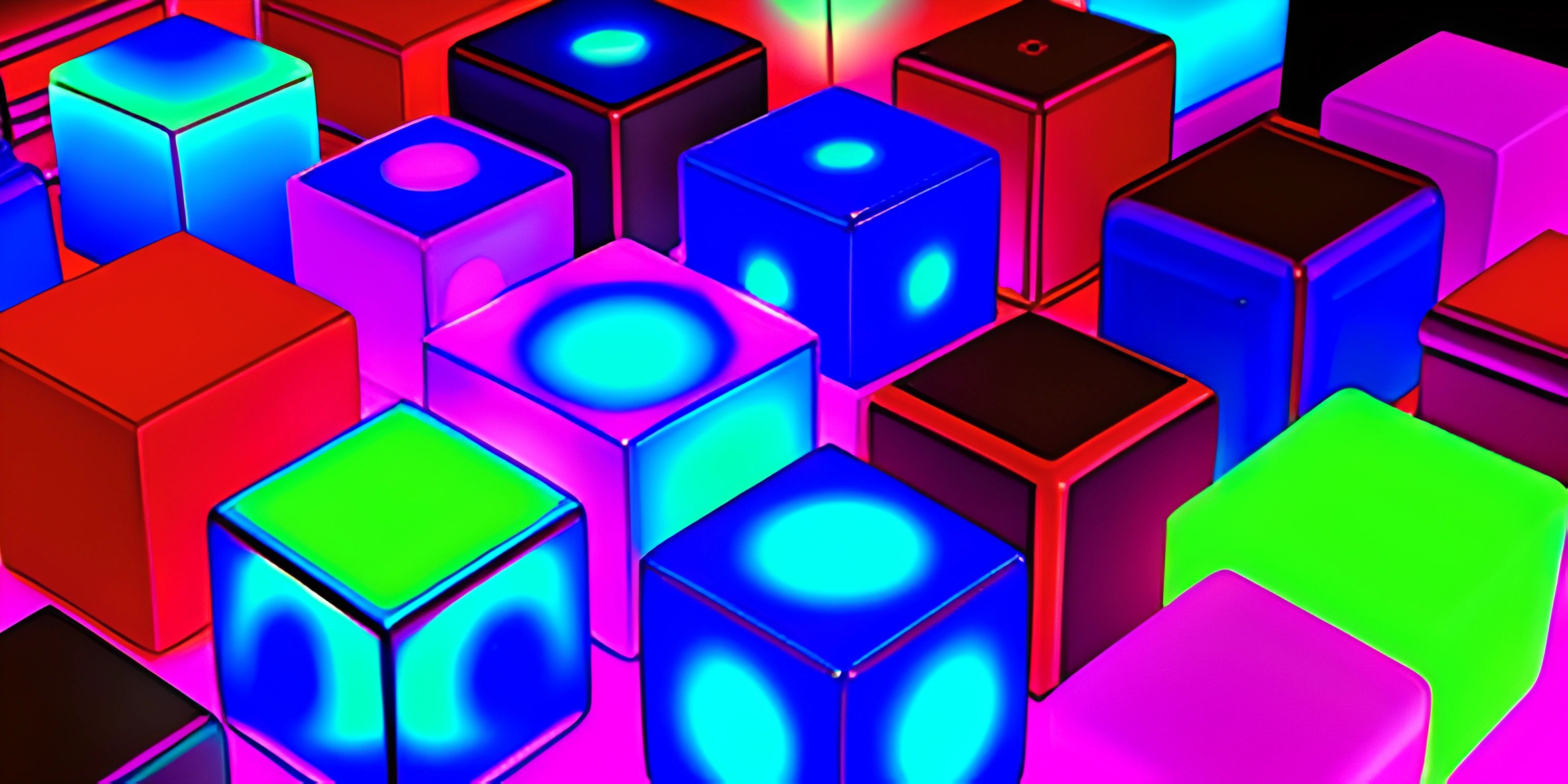Introduction to Graph Data Structures and Their Applications
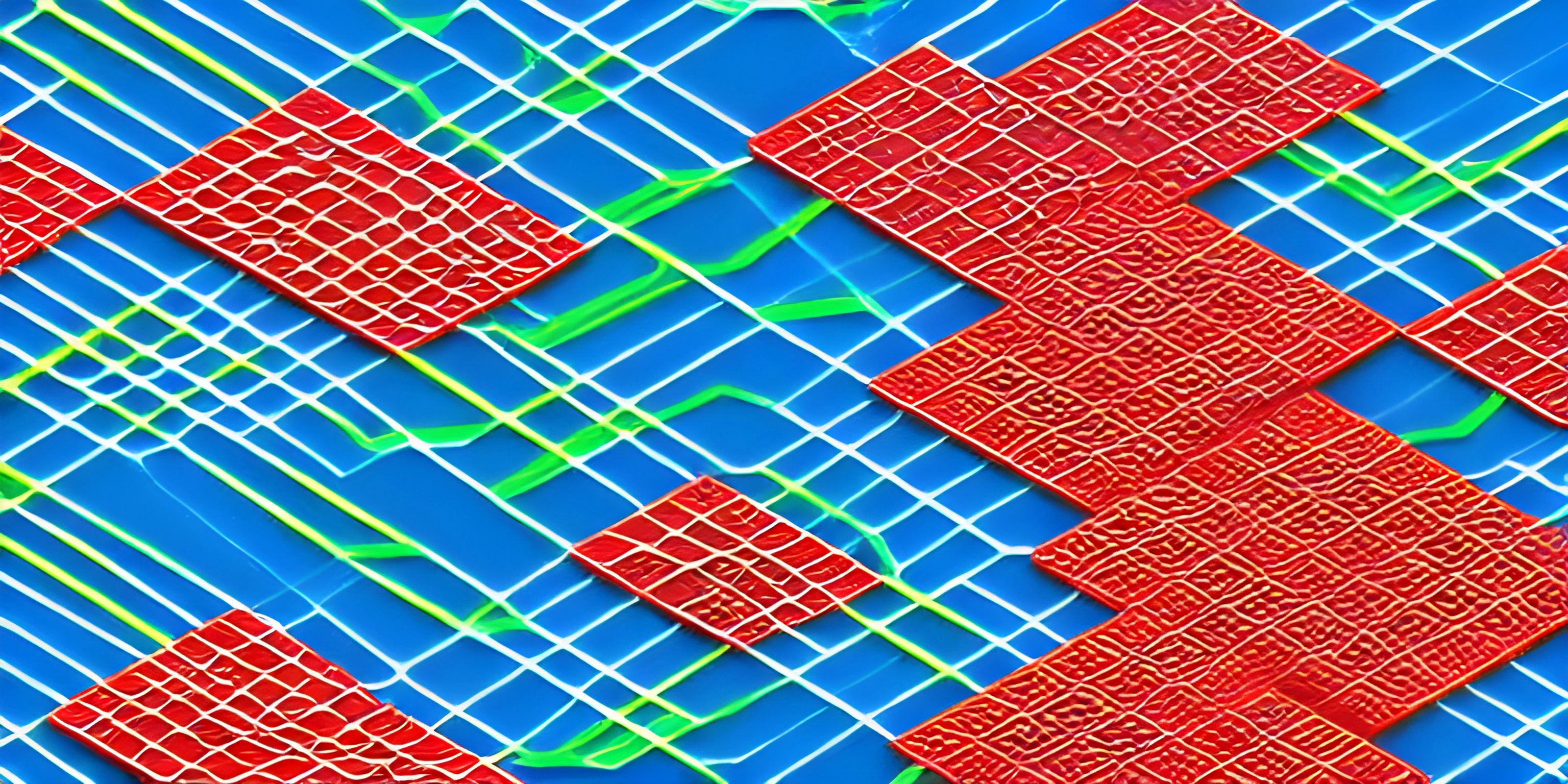
Note: this page has been created with the use of AI. Please take caution, and note that the content of this page does not necessarily reflect the opinion of Cratecode.
Hold on to your nodes and edges, folks! We're about to embark on an exciting journey through the fascinating world of graph data structures. If you've ever wondered how social networks, navigation systems, or even recommendation engines work, graphs are the unsung heroes behind the scenes.
Graphs are everywhere, and understanding them can open up a world of possibilities. So, let's dive in headfirst and explore the core concepts, types, and real-world applications of graph data structures.
What is a Graph?
A graph is a collection of nodes (or vertices) and edges. The nodes represent entities, and edges represent the connections between these entities. Imagine a graph as a town map where the houses are nodes and the roads connecting them are edges. Simple, right?
Here's a quick visual example:
A -- B
| / |
| / |
C -- DIn this graph, A, B, C, and D are nodes, and the lines connecting them are edges.
Components of a Graph
Graphs are composed of several key components:
- Nodes (Vertices): The entities or points in the graph. For example, people in a social network.
- Edges: The connections between the nodes. For example, friendships between people.
- Weight: Sometimes, edges have weights, representing the cost or distance between nodes. For example, the distance between two cities.
Types of Graphs
Graphs can be categorized based on various characteristics:
Directed vs. Undirected Graphs
-
Directed Graphs (Digraphs): Edges have a direction, indicating the relationship flows from one node to another. Think of a one-way street.
A → B ↓ C -
Undirected Graphs: Edges have no direction, representing a bidirectional relationship. Think of a two-way street.
A -- B | C
Weighted vs. Unweighted Graphs
-
Weighted Graphs: Edges have weights, representing the cost or strength of the connection.
A --2-- B | 3 | C -
Unweighted Graphs: Edges have no weights.
A -- B | | C
Cyclic vs. Acyclic Graphs
-
Cyclic Graphs: Contain cycles, where you can start at a node and follow edges back to the same node.
A -- B ↖ ↘ C -
Acyclic Graphs: No cycles are present.
A → B ↓ C
Representing Graphs
Graphs can be represented in several ways, but the most common methods are:
Adjacency Matrix
An adjacency matrix is a 2D array where the rows represent source nodes, and the columns represent destination nodes. If there's an edge from node i to node j, the value in the matrix at [i][j] is set to 1 (or the weight of the edge). Otherwise, it's 0.
# Python representation of an adjacency matrix
adj_matrix = [
[0, 1, 0, 0],
[0, 0, 1, 1],
[1, 1, 0, 0],
[0, 0, 0, 0]
]Adjacency List
An adjacency list represents a graph as a list of lists. Each list corresponds to a node and contains the nodes it is connected to.
# Python representation of an adjacency list
adj_list = {
"A": ["B", "C"],
"B": ["C", "D"],
"C": ["A", "B"],
"D": []
}Real-World Applications of Graphs
Graphs are not just for academic exercises; they have a multitude of real-world applications:
Social Networks
In social networks like Facebook and LinkedIn, users are represented as nodes, and friendships or connections are edges. Graphs help in finding mutual friends, suggesting new friends, and analyzing social circles.
Navigation Systems
Navigation apps like Google Maps use graphs to represent cities as nodes and roads as edges. Algorithms like Dijkstra's are used to find the shortest path between two locations.
Recommendation Engines
Services like Netflix and Amazon use graphs to represent users and items (movies, products) as nodes. Edges represent user interactions (likes, purchases). Graph algorithms help recommend new items based on user behavior.
Web Crawling and Search Engines
Search engines like Google use graphs to represent the web, where web pages are nodes and hyperlinks are edges. This helps in ranking pages and efficiently retrieving information.
Conclusion
Graphs are powerful tools that help solve complex problems across various domains. From social networks to navigation systems, their applications are vast and impactful. By understanding the basic concepts and types of graphs, you're well on your way to unlocking the potential of this incredible data structure.
Hey there! Want to learn more? Cratecode is an online learning platform that lets you forge your own path. Click here to check out a lesson: Recursion Intro (psst, it's free!).
FAQ
What is the difference between a directed and an undirected graph?
In a directed graph, edges have a direction, indicating the relationship flows from one node to another. In an undirected graph, edges have no direction, representing a bidirectional relationship.
How do weighted graphs differ from unweighted graphs?
In weighted graphs, edges have weights, representing the cost or strength of the connection. In unweighted graphs, edges have no weights.
What is an adjacency matrix, and how is it used to represent a graph?
An adjacency matrix is a 2D array where rows represent source nodes, and columns represent destination nodes. If there's an edge from node i to node j, the value in the matrix at [i][j] is set to 1 (or the weight of the edge). Otherwise, it's 0.
Can you give an example of a real-world application of graphs?
Social networks use graphs to represent users as nodes and friendships as edges. This helps in finding mutual friends, suggesting new friends, and analyzing social circles.
What is the difference between cyclic and acyclic graphs?
Cyclic graphs contain cycles, where you can start at a node and follow edges back to the same node. Acyclic graphs have no cycles.

